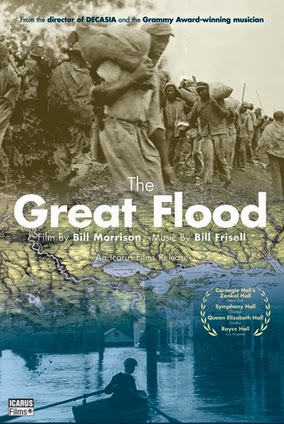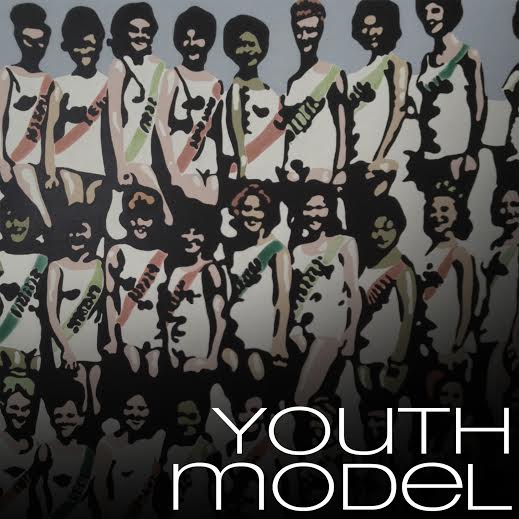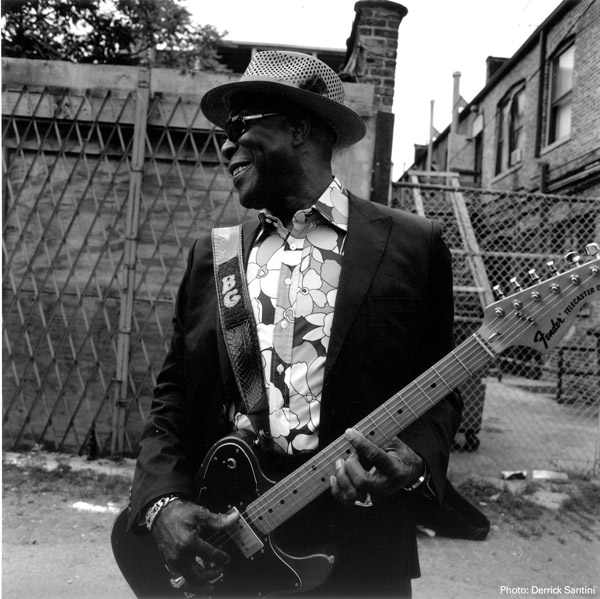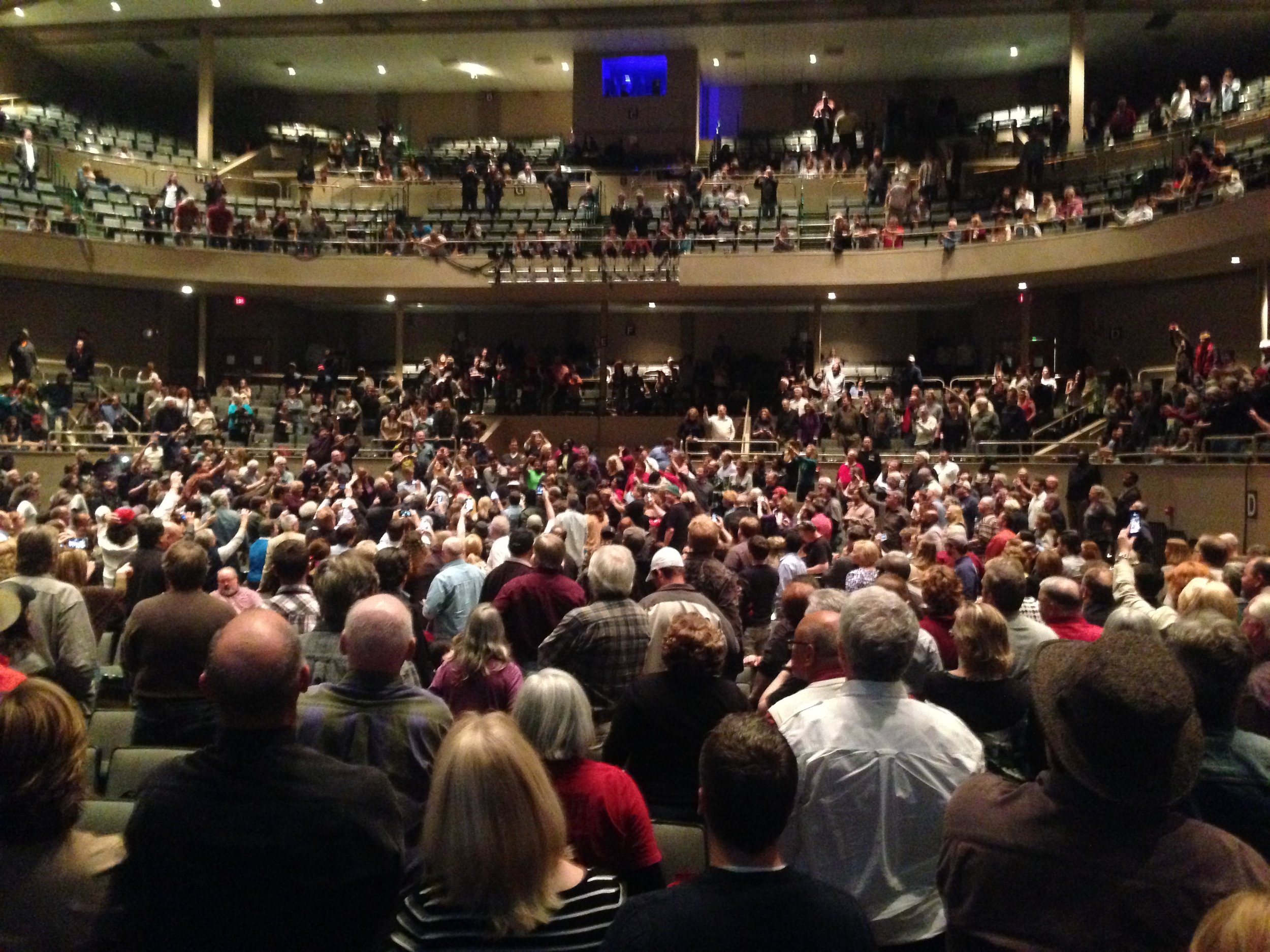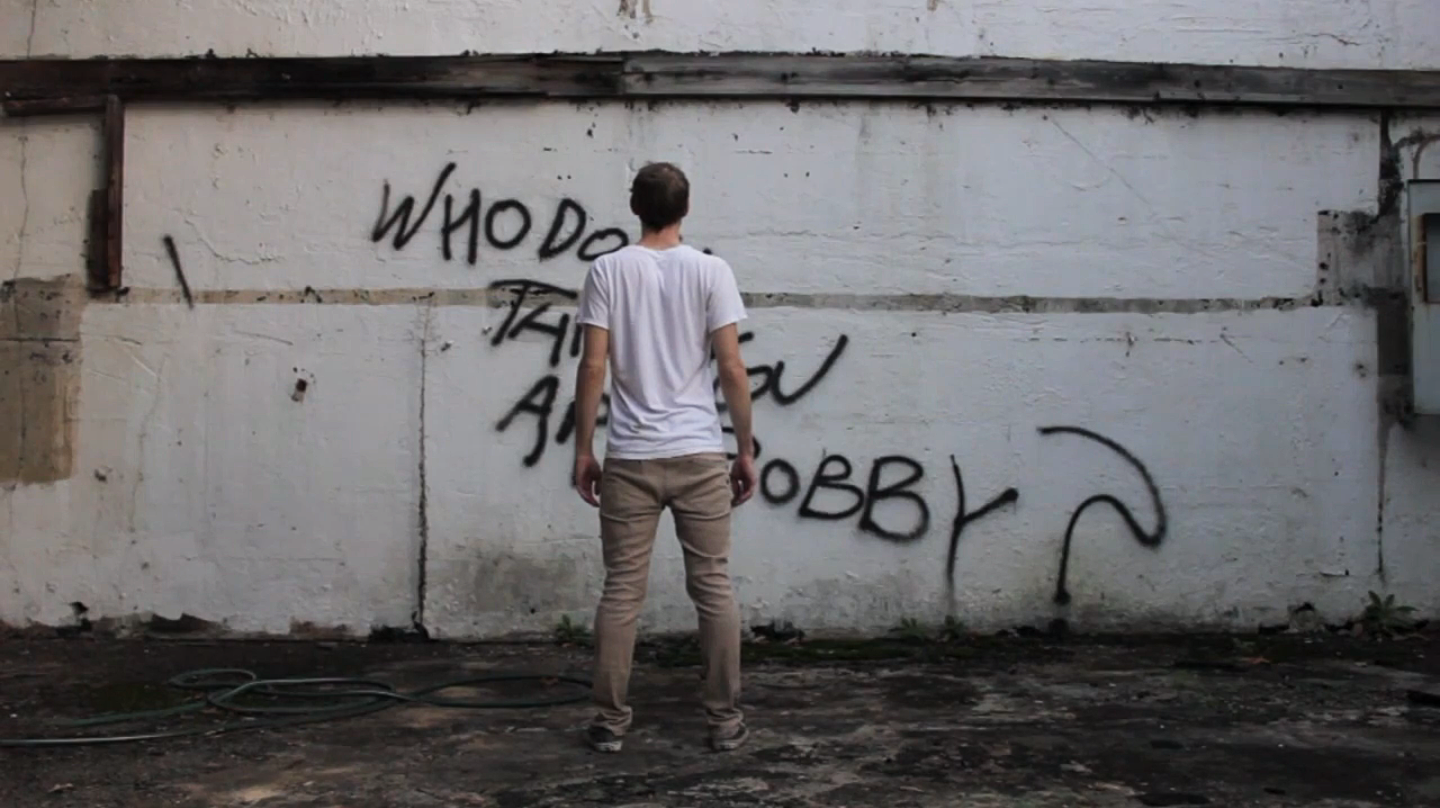 Each year, just a few short hours away from Columbia, one of the premier underground, experimental, and independent rock festivals takes place in the form of Raleigh’s Hopscotch Music Festival. It’s a startling epic and eclectic undertaking, with 170 acts playing on a dozen stages over the course of three evenings, plus hundreds of more bands playing the increasingly crowded collection of pre-, post-, and day parties that have emerged to create a marathon-like live music binge for as long as you can keep going. While relatively few South Carolina bands took part this year (ex-pats Octopus Jones, who moved to Raleigh last year from Myrtle Beach, were the only local connect with an official slot; Cancellieri and The Mobros, both of Columbia, played day parties), a bevy of North Carolina talent took the stage right alongside a menagerie of characters from the various fringes of the music world.
Each year, just a few short hours away from Columbia, one of the premier underground, experimental, and independent rock festivals takes place in the form of Raleigh’s Hopscotch Music Festival. It’s a startling epic and eclectic undertaking, with 170 acts playing on a dozen stages over the course of three evenings, plus hundreds of more bands playing the increasingly crowded collection of pre-, post-, and day parties that have emerged to create a marathon-like live music binge for as long as you can keep going. While relatively few South Carolina bands took part this year (ex-pats Octopus Jones, who moved to Raleigh last year from Myrtle Beach, were the only local connect with an official slot; Cancellieri and The Mobros, both of Columbia, played day parties), a bevy of North Carolina talent took the stage right alongside a menagerie of characters from the various fringes of the music world.

The most recognizable names on the bill each year are the City Plaza headliners--this year, De La Soul, St. Vincent, Spoon, and Mastodon--and some indie rock marquee names will always be sprinkled throughout (War on Drugs, Thurston Moore, Phosphorescent, Sun Kil Moon, and Jamie XX in 2014), but the real appeal of the festival lies in the sensory overload and the sense of surprise and discovery as each days unfolds. A complete rundown of the experience of one person couldn’t possibly capture the spirit of the festival, so, in lieu of throwaway lines about each of the forty-some bands I encountered this year, here are a few sets that stuck out.
De La Soul @ City Plaza

Although I couldn’t escape the sense that these guys were now unmistakably dad-like, there’s also no denying that they can still put on a hell of a show. Celebrating the 25th anniversary of the release of the seminal 3 Feet High & Rising, the trio was full of energy and embraced the traditional role of emcees with vigor, engaging frequently with the crowd with big smiles and playful asides. The fact they were performing on a huge outdoor stage at an indie rock festival in the South also seemed to be noteworthy, and the trio seemed especially cognizant of the fact--they even pulled some North Carolina MCs on stage to share in the moment.
Last Year’s Men @ Pour House
A Carrboro, North Carolina garage band that I wasn’t terribly familiar with, these guys put on a blistering show at the Pour House on Thursday night. Alternating between blistering up-tempo numbers that reminded me of The Libertines and a literal hopscotching of styles that ranged from the psychedlic-tinged garage rock of the 13th Floor Elevators to the shambolic alt-country of fellow Triangle favorites Spider Bags, this is the kind of rock and roll I can get behind.
The War on Drugs @ Lincoln Theater

Yes, the live show is a startling good approximation of what Adam Granduciel puts on record. But that’s okay when you’ve put out one of the best records of the year and take such obvious delight in resurrecting classic rock grandiosity for the indie rock set.
Little Black Egg Big Band @ King’s Barcade
This somewhat under-the-radar collaboration between the members of Yo La Tengo (Ira Kaplan, Georgia Hubley, James McNew), William Tyler, Steve Gunn, and Letha Rodman Melchior (who provided pre-recorded material) looks on paper like its gonna be a sprawling guitar fest, particularly when everybody save McNew walks on stage with a guitar. However, what actually occurred was a far odder and more mesmerizing experience.
While McNew manipulated Melchior’s pre-recorded material with a bevy of pedals and electronics, the four guitarists created a feedback driven soundscape that saw them blending their individual parts and only occasionally giving in to the urge to break above the din with a few pointillist notes. It was a noisy, beautiful experience as the five musicians worked off the undulating rhythms and sonic base that McNew provided to build to moments of pure cacophony that recessed into something more reserved although no less chaotic.
Oh, and this happened during a day party around lunch hour. My active imagination likes to believe somebody in the crowd slid into King’s during their lunch break to catch a taste of Hopscotch, and this is what they got.
St. Vincent @ City Plaza

In my Twitter feed this performance got comparison to both Madonna and Thurston Moore. The SAME SET. While I could do without the hand gestures (which worked, but were hardly earth-shattering) and the odd monologue, Annie Clark has a Prince-like range and performance ability. The mix of crunchy, synth-driven indie pop songs along with dreamier and noisier digressions throughout the set had the crowd eating out of the palm of her hand.
Spoon @ City Plaza

I heard a lot of murmured derision about Spoon as a headliner. Something along the lines of the group being a bit too “vanilla indie rock” for the adventurous ethos of the festival. And while I would have described myself as a casual fan, at least prior to this year’s excellent LP They Want My Soul , I loved this set. The band is very much “just” a rock band, but frontman Britt Daniels has just enough rakishness to engage a crowd and they’ve always been first-rate musicians. Hardcore fans, in fact, seem to focus on small moments and licks at the expense of the long view of their songs. Even still, Spoon has racked up quite a few amazing tunes over the course of eight full-lengths, and the set had a very “greatest hits” sort of feel even as they cherry picked the best from the new album. In other words, if you weren’t enjoying it, you might have been trying too hard.
Open Mike Eagle @ Pour House

I saw a lot of great hip-hop at this Hopscotch, but Open Mike Eagle wins for just how damn good his writing is. Both self-reflective and wildly funny, the LA-based rapper made the most of his offbeat persona by wearing a backpack and having a number of talismans on stage with him. But really, with odes to qualifiers and references to House of Cards and comic books, I’m not sure he needed anything but the songs themselves. Check out his excellent new LP Dark Comedy.
Gems @ CAM Raleigh

Also from LA, this pop duo can at first glance seem like they are gliding by on sex appeal, but their swirling and shrouded dream pop tunes proved to be consistently good as the two created a drugged out mix of the xx and Beach House, all loaded down with reverb and ethereal vocals. It was entrancing, particularly in a the chic confines of Raleigh’s art museum.
Sun Kil Moon @ Lincoln Theater

This was by far the BEST set to hang out and talk to friends at.
Kidding. Obviously the wrong venue for the mercurial singer/songwriter, but at least I got this t-shirt out of it.
Hi Ho Silver Oh @ Pour House
One of my favorite random finds of this year’s fest, I was actually at Pour House to catch a lot of the acts that came after them, but this set stuck with me. The group alternates between giddy guitar sprawls a la Pavement, but more tightly wound and poppier and more languid, beautifully melancholic material. A four piece with vocal talent to spare, the harmonies were infectious, and the slowed-down-to-a-crawl take on Tom Petty’s “Time to Move On” was priceless.
Caitlin Rose & Phil Cook @ Pour House

These guys were ridiculously fun and informal with each other in addition to being a perfect musical balance. Cook showed off his virtuoso guitar skills on a few old blues and folk cuts and originals, while Rose’s well-honed country tunes and blow-the-mic-out vocals were equally pleasing. It was their rapport with the audience that stands out most though-- they shouted out trivia-like questions between almost every song (for instance, name the three best mullets of all-time) and gave off the kind of living room vibe that was so sorely lacking from Sun Kil Moon’s set the night before.
Loamlands @ Pour House

I loved Kym Register’s old band Midtown Dickens, so I was pretty excited to catch her new rock outfit Loamlands at this year’s Hopscotch. Part of the appeal of MD was the effervescent performance style of Register and childhood pal Catherine Edgerton, something that shines through in Loamlands, despite its more controlled and professional style. Register remains a solid songwriter, and the pretense-free Southern rock she and the band throws down feels so very “North Carolina.”
Mastodon @ City Plaza

Love ‘em or hate ‘em, there’s no denying that these guys have a pretty epic sound. While I’m not really familiar with their albums, this blistering set had me convinced that metal is really best experienced in a live setting, where the sheer physicality of the style comes through and the music is as loud as its meant to be.
Madison Jay / Well$ @ The Hive at the Busy Bee

Although these two MCs were pretty different from one another, the sense of how good local rap music is in NC came through with their back-to-back sets in this tiny room. Madison Jay has a bit of an old-school production sound to his jams, and he played that up a bit by coming dressed in a trendy three-piece suit. Well$, on the other hand, was all live wire energy that did little to impair his powerful flow, and the live accompaniment of a drum kit and saxophonist was a powerful demonstrated of how “real” and spontaneous live hip-hop can be.
Phosphorescent (solo) @ Fletcher Opera House

Matt Houck is another guy on the bill I’ve always been a fan of, but usually he performs with a full band. This set, with Houck accompanying himself on electric guitar or piano, was unimaginably poignant and direct, despite the singer/songwriter’s aw-shucks demeanor. Houck has one of those inimitable voices that can deliver simple lines with heartbreaking immediacy, and he knows how to play looping, reverb, and the natural acoustics of a room like Fletcher to maximum effect. It was a beautiful, wonderful way to close out my festival experience.
What Cheer! Brigade

...except this wild band of ruffians were on the streets outside of King’s as I rode pass. This punk-inspired marching band-turned-street performers had been spotted throughout Raleigh over the last few days spreading their gospel with the zeal of missionaries, and their adrenaline apparently peaked at the close of their official festival set sometime after one in the morning. The look on their faces was a priceless mix of absolute fatigue and pulsating excitement as the crowd cheered them on past the point of exhaustion. And THAT’s how a music festival should end.

For a full slideshow of photographer Jonathan Sharpe's Hopscotch 2014 photos, click here.



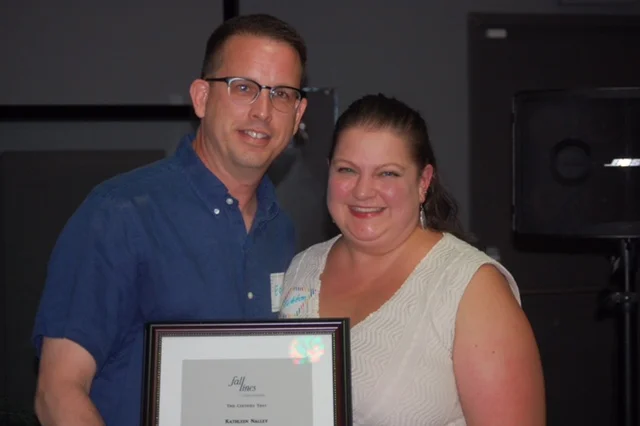
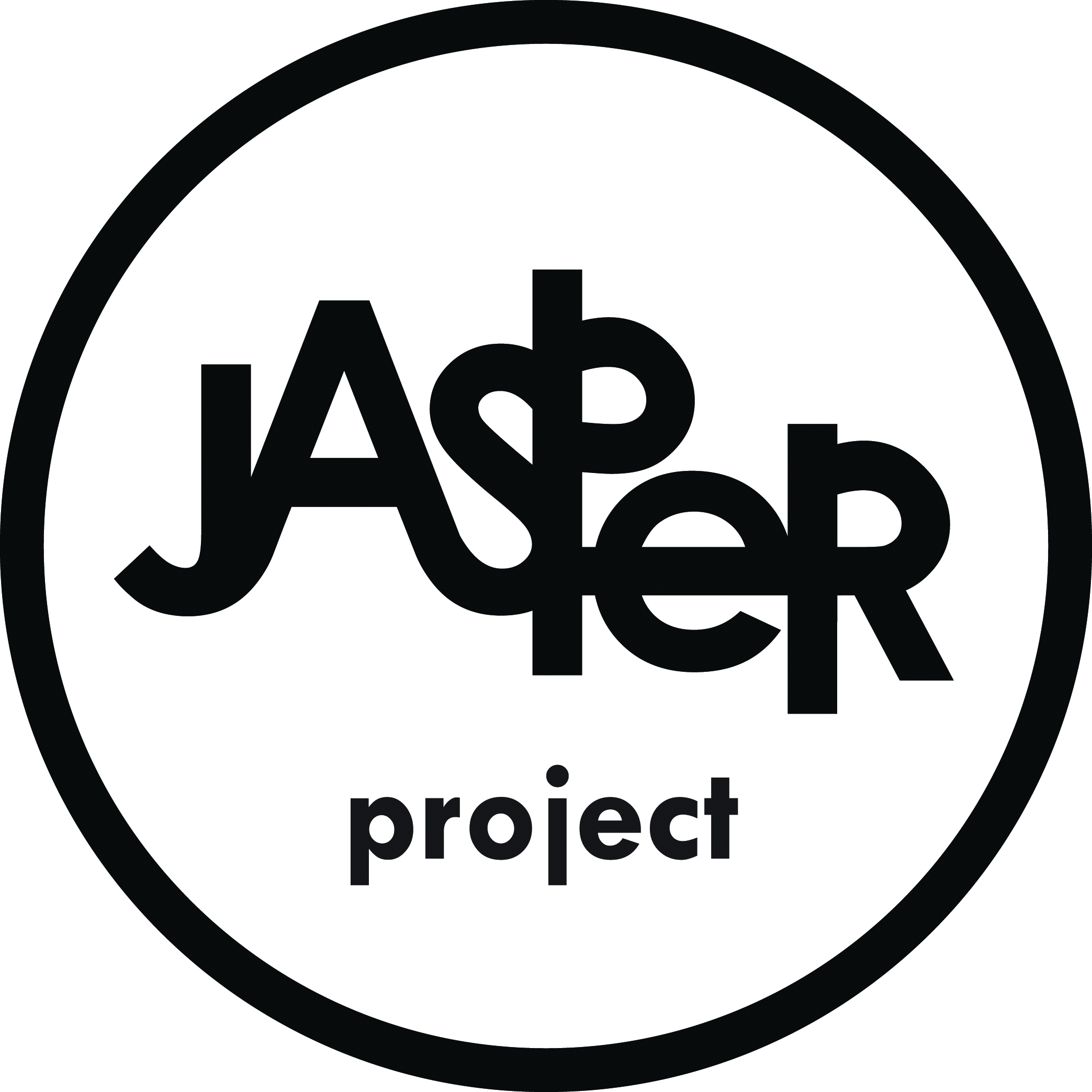

















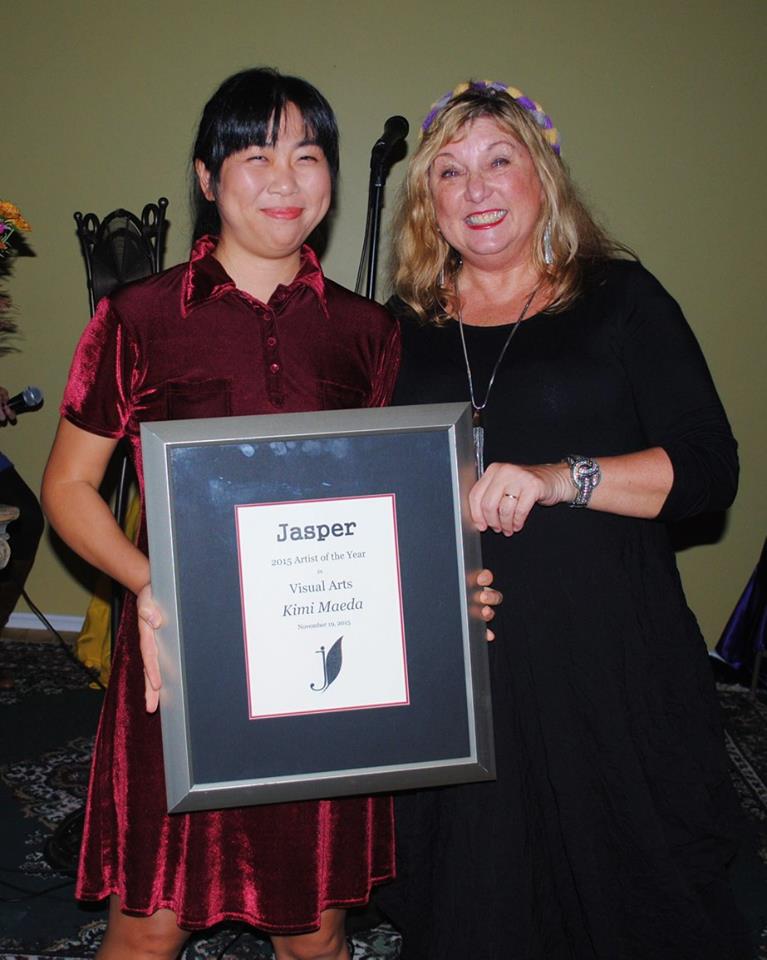












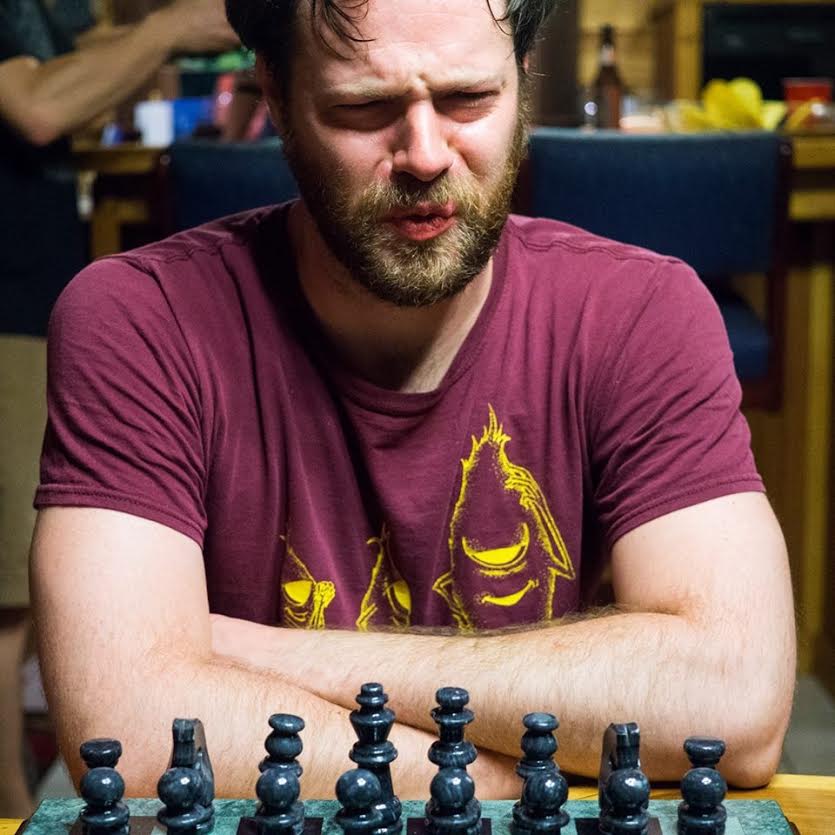


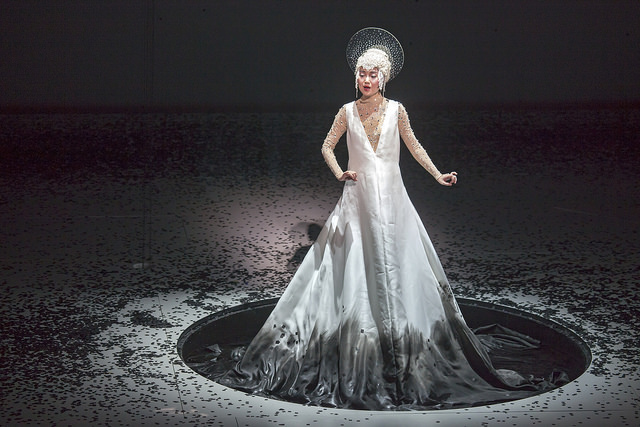





 Each year, just a few short hours away from Columbia, one of the premier underground, experimental, and independent rock festivals takes place in the form of Raleigh’s Hopscotch Music Festival. It’s a startling epic and eclectic undertaking, with 170 acts playing on a dozen stages over the course of three evenings, plus hundreds of more bands playing the increasingly crowded collection of pre-, post-, and day parties that have emerged to create a marathon-like live music binge for as long as you can keep going. While relatively few South Carolina bands took part this year (ex-pats Octopus Jones, who moved to Raleigh last year from Myrtle Beach, were the only local connect with an official slot; Cancellieri and The Mobros, both of Columbia, played day parties), a bevy of North Carolina talent took the stage right alongside a menagerie of characters from the various fringes of the music world.
Each year, just a few short hours away from Columbia, one of the premier underground, experimental, and independent rock festivals takes place in the form of Raleigh’s Hopscotch Music Festival. It’s a startling epic and eclectic undertaking, with 170 acts playing on a dozen stages over the course of three evenings, plus hundreds of more bands playing the increasingly crowded collection of pre-, post-, and day parties that have emerged to create a marathon-like live music binge for as long as you can keep going. While relatively few South Carolina bands took part this year (ex-pats Octopus Jones, who moved to Raleigh last year from Myrtle Beach, were the only local connect with an official slot; Cancellieri and The Mobros, both of Columbia, played day parties), a bevy of North Carolina talent took the stage right alongside a menagerie of characters from the various fringes of the music world.














